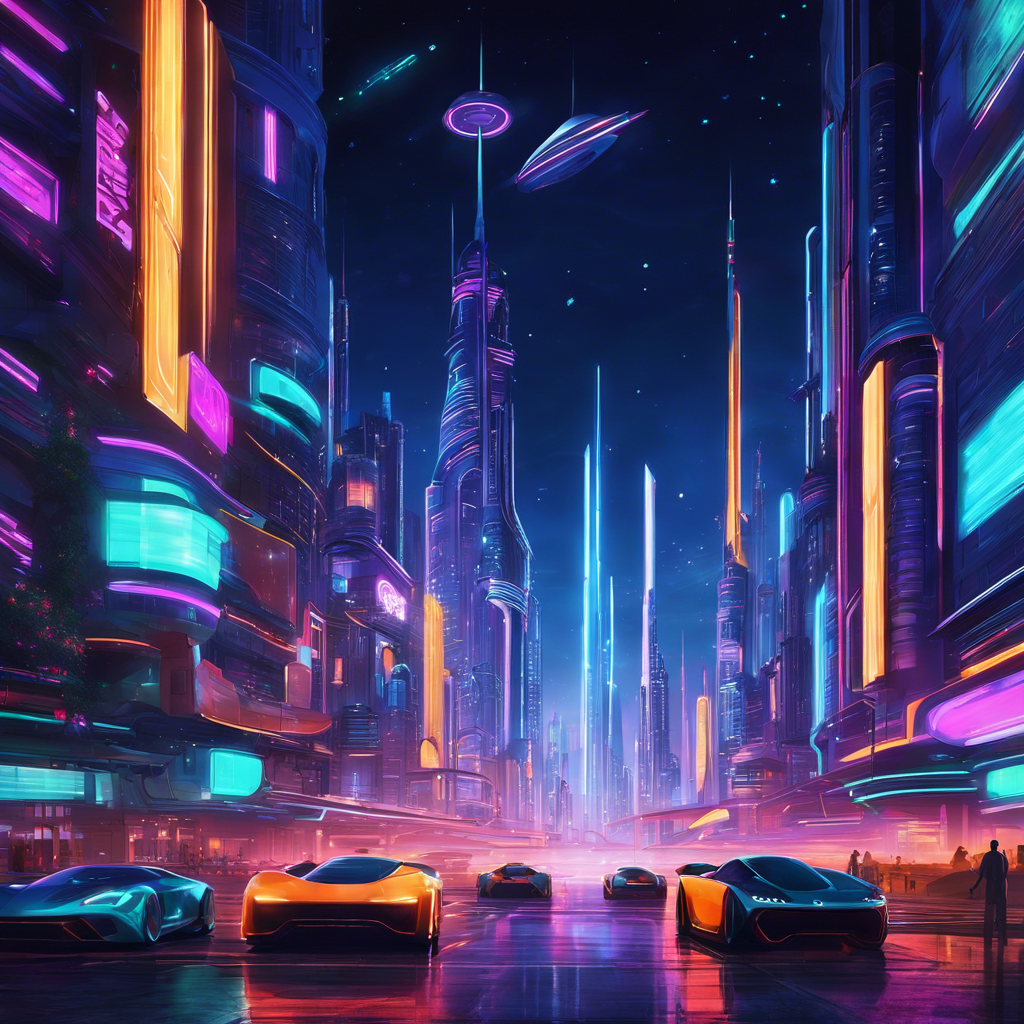
In the evolving landscape of visual design, AI image generators have emerged as transformative forces, pushing the boundaries of creativity and innovation. These sophisticated tools, powered by advanced algorithms and machine learning, are reshaping traditional design methodologies and offering designers unprecedented capabilities. From generating intricate patterns to conceptualizing novel visual styles, AI image generators are not merely augmenting the creative process—they are fundamentally redefining it. This exploration delves into the profound impact of these technologies on the design industry, highlighting their role in enhancing artistic expression, streamlining workflows, and driving new design paradigms. As the intersection of artificial intelligence and visual creativity continues to expand, understanding the nuances of AI image generators becomes essential for designers, marketers, and creative professionals aiming to stay at the forefront of the industry. Join us as we uncover how AI is setting new standards for visual excellence and creativity.
Unlocking Creativity and Efficiency with AI?
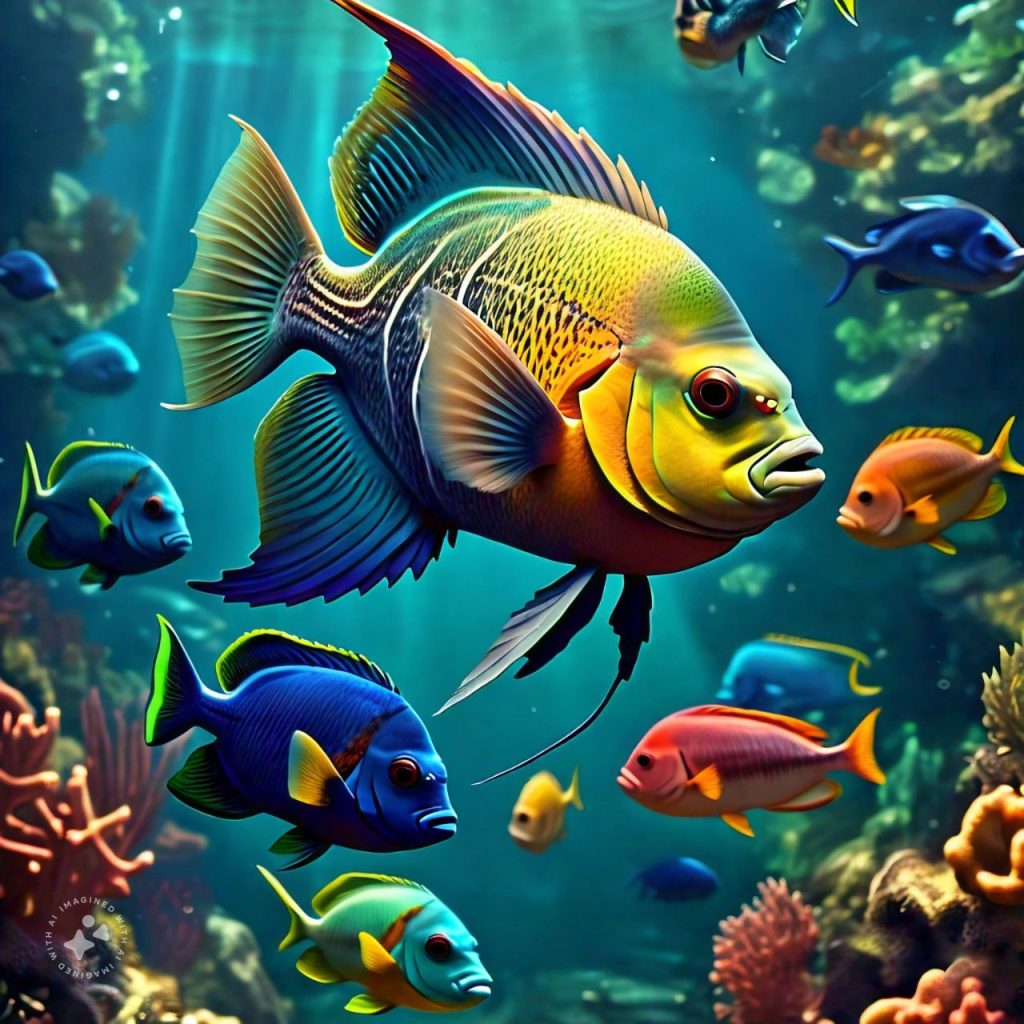
In the realm of modern design and content creation, artificial intelligence (AI) is playing a transformative role by unlocking new levels of creativity and efficiency. As businesses and creative professionals seek to stay ahead in a competitive landscape, AI-driven tools offer innovative solutions that streamline workflows and enhance creative processes. Here’s how AI is revolutionizing creativity and efficiency:
1. Accelerating the Creative Process
AI-powered design tools significantly speed up the creative process by automating repetitive tasks and generating design concepts in a fraction of the time it would take manually. For example, AI algorithms can quickly produce variations of visual elements, suggest color palettes, and even create complete designs based on minimal input. This acceleration allows designers to focus on refining and innovating rather than getting bogged down by routine tasks.
2. Expanding Creative Possibilities
AI technology enables designers to explore a broader range of creative possibilities. By utilizing machine learning algorithms, AI tools can analyze vast amounts of data to generate unique design ideas and visual styles that might not be immediately apparent through traditional methods. This capability allows creatives to experiment with new concepts and push the boundaries of their creativity, resulting in fresh and innovative designs.
3. Streamlining Workflow and Collaboration
AI facilitates smoother workflows and enhanced collaboration by integrating with various design platforms and tools. For instance, AI-driven project management systems can automate task assignments, track progress, and provide real-time feedback. This streamlining of processes ensures that creative teams can work more efficiently, collaborate seamlessly, and meet deadlines without compromising the quality of their work.
4. Personalizing Content at Scale
One of the significant advantages of AI in creative processes is its ability to generate personalized content at scale. AI algorithms can analyze user data and preferences to create tailored visual content that resonates with specific audience segments. This personalization not only enhances user engagement but also improves the effectiveness of marketing campaigns by delivering relevant and compelling content to the target audience.
5. Enhancing Design Accuracy and Consistency

AI tools contribute to greater accuracy and consistency in design by applying predefined parameters and guidelines. For instance, AI can ensure that all visual elements adhere to brand standards, such as color schemes, fonts, and layout styles. This precision helps maintain a cohesive brand identity across various platforms and reduces the risk of design errors, leading to a more professional and polished final product.
6. Leveraging Data-Driven Insights
AI provides valuable data-driven insights that help designers make informed decisions and optimize their creative strategies. By analyzing performance metrics, user feedback, and engagement data, AI tools can offer recommendations for improving design elements and content strategies. This analytical approach allows creatives to refine their work based on concrete data, enhancing overall effectiveness and efficiency.
7. Future Innovations in AI Creativity
As AI technology continues to evolve, it promises even more advanced features and capabilities that will further enhance creativity and efficiency. Emerging trends, such as advanced generative design and AI-assisted brainstorming, are set to transform how creatives approach their work. Staying abreast of these innovations will empower businesses to leverage the full potential of AI in their creative processes.
How AI Image Generators Work?
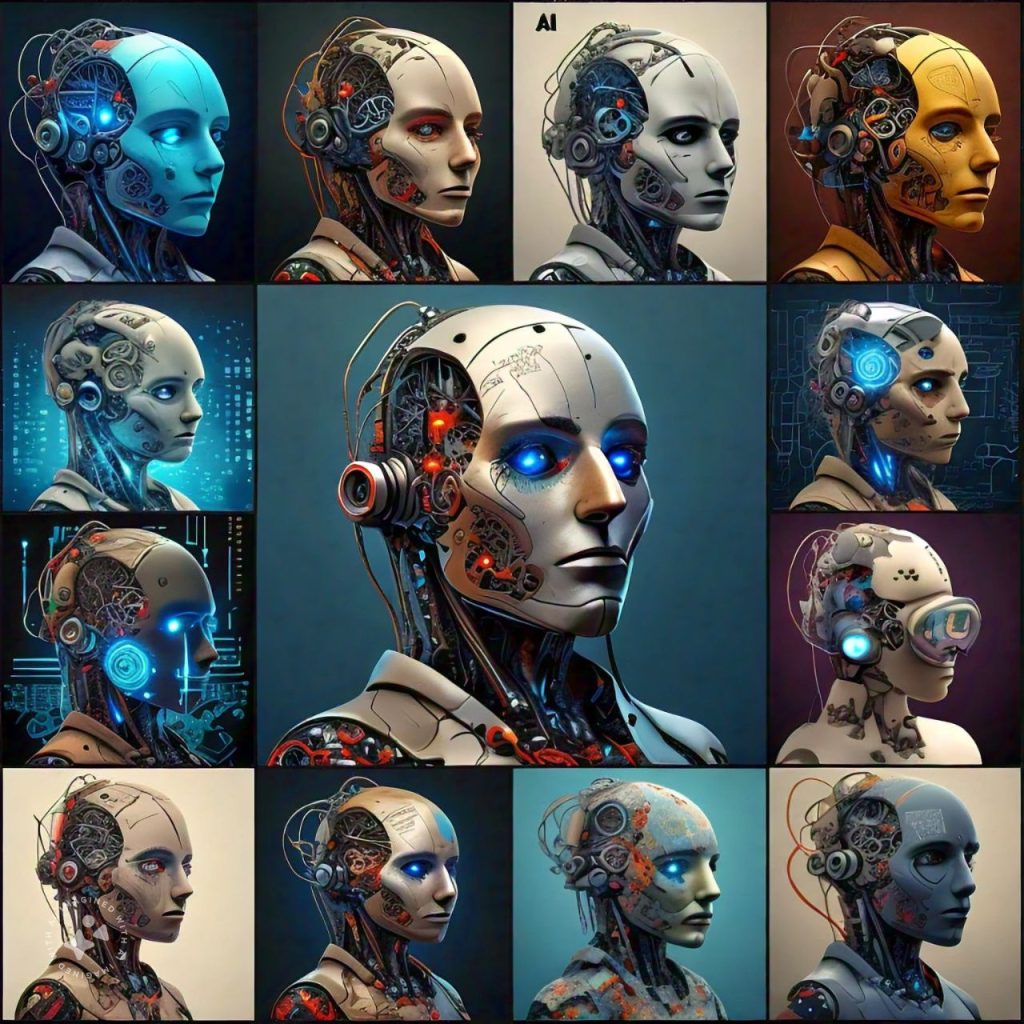
AI image generators use advanced algorithms to create images based on patterns and data. Here’s a simple breakdown of the process
1. Training the AI: The AI is trained on a vast collection of images. It learns patterns, colors, and styles from these examples, helping it understand how different visual elements come together.
2. Generating Images: When you provide a prompt or input, the AI uses its training to generate an image that matches your description. It combines and adapts elements from its training data to create something new.
3. Refinement and Output: The AI then refines the image to improve quality and ensure it aligns with the input. The final result is a unique image tailored to your specifications.
What is the Future of AI?
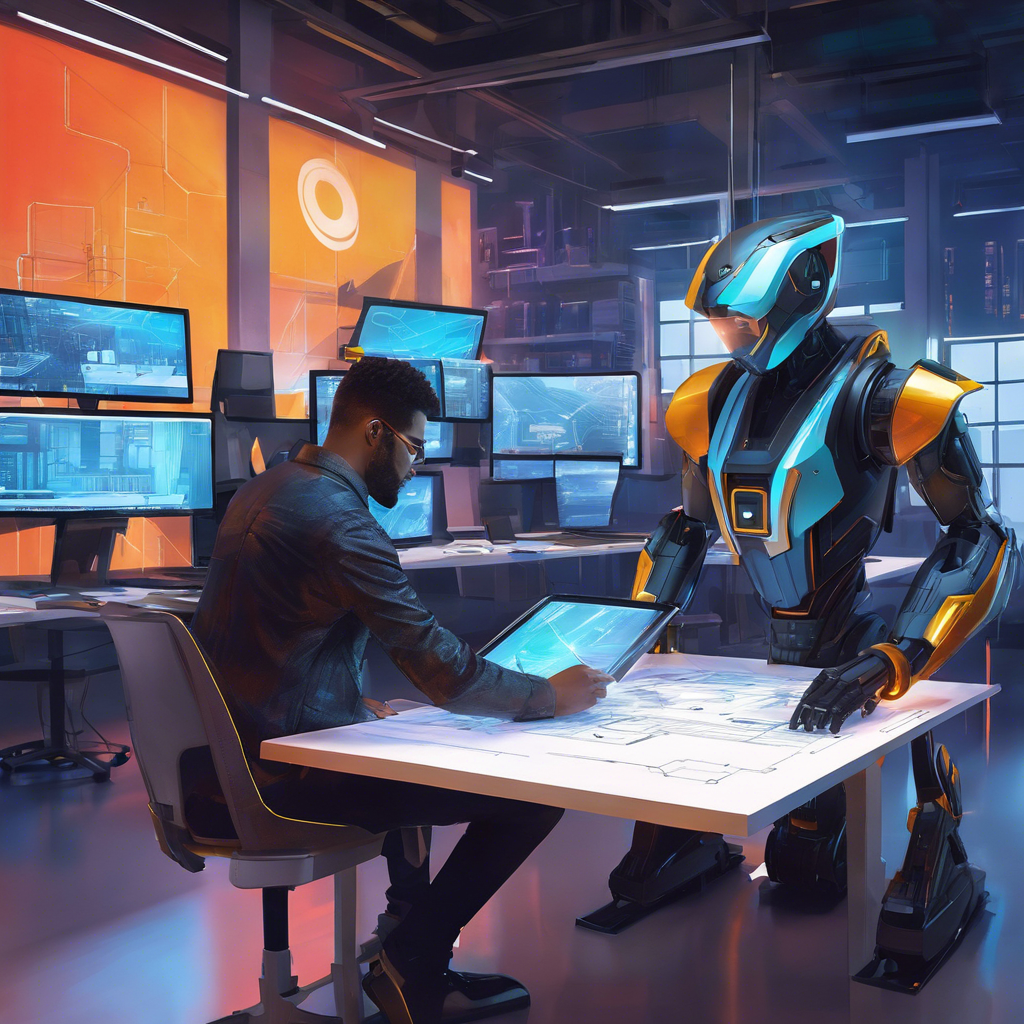
The future of AI holds exciting possibilities as technology continues to evolve. Here’s a glimpse of what’s ahead:
1. More Advanced Capabilities: AI will become even smarter, handling complex tasks with greater accuracy. Expect improvements in areas like natural language processing and decision-making.
2.Increased Personalization: AI will enhance how we interact with technology, offering highly personalized experiences based on individual preferences and behaviors.
3. Integration Across Industries: AI will be more deeply integrated into various fields, from healthcare and finance to education and entertainment, transforming how we work and live.
4.Ethical and Responsible Use: As AI becomes more prevalent, there will be a stronger focus on ethical
How AI Image Generators Are Revolutionizing Marketing and Visual Content
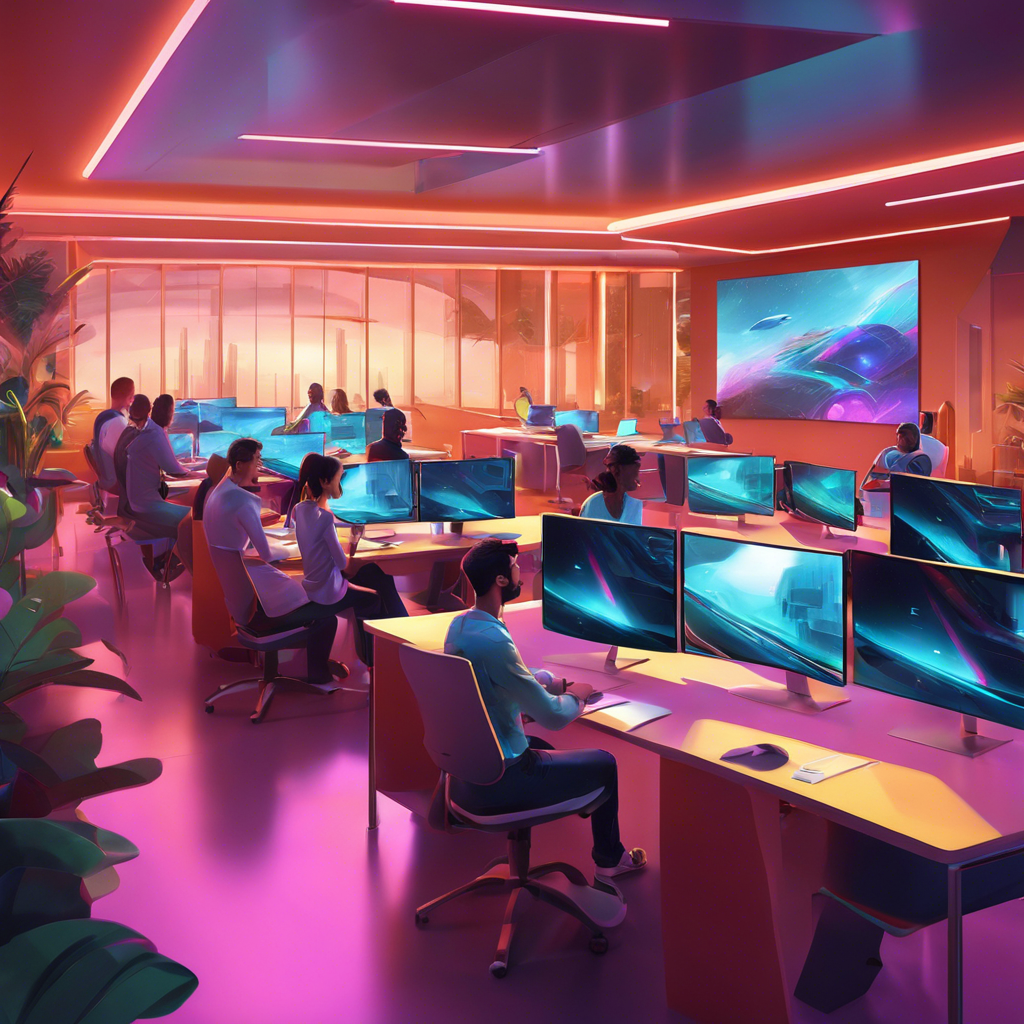
In today’s fast-paced digital landscape, AI image generators are emerging as transformative tools in marketing and visual content creation. These advanced technologies leverage artificial intelligence to generate high-quality, customized images that are reshaping how brands connect with their audiences. Here’s how AI image generators are revolutionizing the industry:
1. Enhancing Creative Efficiency
AI image generators significantly boost creative efficiency by automating the design process. Traditional content creation often involves lengthy manual efforts, from brainstorming concepts to executing designs. AI-powered tools can rapidly produce a variety of visual assets, enabling marketers to explore multiple creative directions without the time and cost constraints of traditional methods. This efficiency not only accelerates project timelines but also frees up creative professionals to focus on strategic and high-level tasks.
2. Ensuring Brand Consistency
Maintaining a consistent brand identity across diverse marketing platforms can be challenging. AI image generators help streamline this process by creating visuals that align with established brand guidelines. These tools can produce designs that adhere to specific color schemes, typography, and style preferences, ensuring that all marketing materials—from social media posts to advertisements—reflect a cohesive brand image.
3. Personalizing Content for Target Audiences
One of the standout features of AI image generators is their ability to create personalized visual content tailored to target audiences. By analyzing data on consumer preferences and behavior, AI can generate images that resonate with specific demographics. This level of personalization enhances user engagement and improves the effectiveness of marketing campaigns by delivering relevant and compelling content to the right audience.
4. Reducing Costs and Scaling Production
AI image generators offer significant cost savings compared to traditional design methods. They reduce the need for extensive graphic design resources and streamline the production process. Additionally, these tools allow for scalable content creation, enabling businesses to generate large volumes of visuals efficiently. This scalability is particularly beneficial for brands with high-frequency content needs or those looking to expand their visual presence across multiple channels.
5. Addressing Ethical and Creative Considerations
As AI image generators become more prevalent, it’s crucial to address the ethical implications of their use. Issues such as copyright concerns and the impact on human creativity must be considered. Responsible use of AI tools involves ensuring that generated content adheres to legal standards and respects the contributions of human designers. This consideration helps balance the benefits of AI with
6. Shaping the Future of Visual Content Creation
Looking ahead, AI image generators are set to play a pivotal role in the future of visual content creation. As these technologies continue to evolve, they will offer even more sophisticated capabilities for designing immersive and interactive visuals. Embracing these innovations will enable businesses to stay competitive and engage audiences in novel ways, driving the next wave of marketing success.
—
AI Image Generators in Marketing: How They’re Changing Visual Content for Businesses

AI image generators are becoming game-changers in the marketing world. These tools use artificial intelligence to create images, which helps businesses produce engaging visual content quickly and efficiently. Here’s how AI image generators are making a difference in marketing:
1. Faster and Easier Content Creation
AI image generators speed up the process of creating visual content. Instead of spending hours or days designing graphics from scratch, businesses can use AI tools to generate images almost instantly. This saves time and allows marketing teams to focus on other important tasks.
2. Branding at different platforms
Keeping your brand image consistent across different platforms is really important. AI tools can help by making sure all your visuals, like social media posts, website designs, and ads, stick to the same style and brand rules. This consistency makes your brand stronger and easier to recognize.
3. Customized Visuals for Different Audiences
AI image generators can create tailored visuals that appeal to specific audience segments. By analyzing data on user preferences, these tools generate images that resonate with different groups, making marketing efforts more effective and personalized.
4. Cost-Effective Design Solutions
Using AI for image generation can be more cost-effective than hiring a full design team. AI tools provide high-quality visuals at a fraction of the cost, making them a budget-friendly option for businesses looking to enhance their marketing materials without breaking the bank.
5. Ethical Considerations
While AI image generators offer many benefits, it’s important to consider ethical issues. Businesses need to ensure that their use of AI respects copyright laws and doesn’t infringe on the rights of others. Being mindful of these considerations helps in using AI responsibly.
6. Looking Ahead
AI image generators are continually evolving, with new features and improvements being added regularly. As technology advances, these tools will offer even more capabilities, making it easier for businesses to create compelling and effective visual content.
